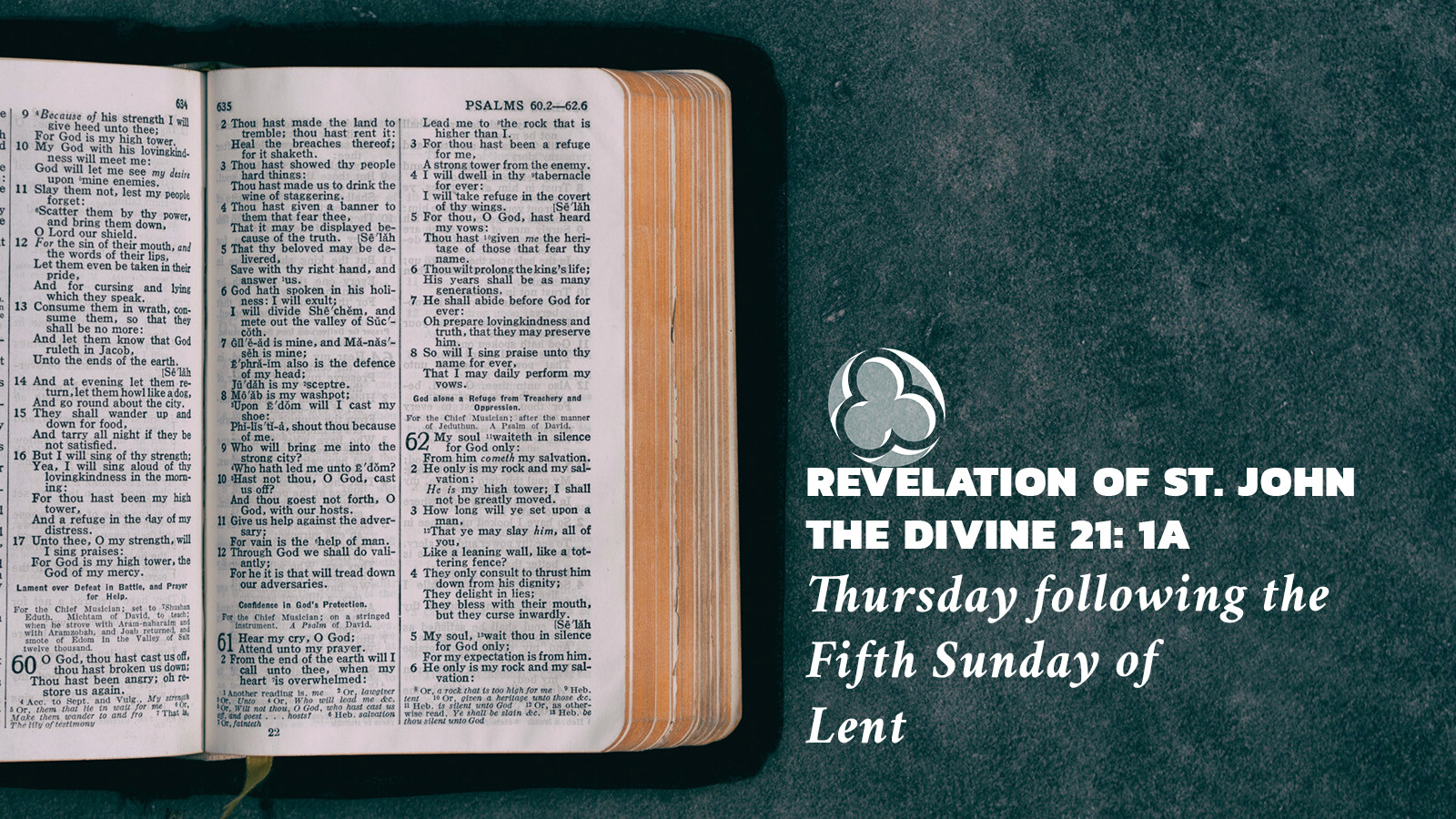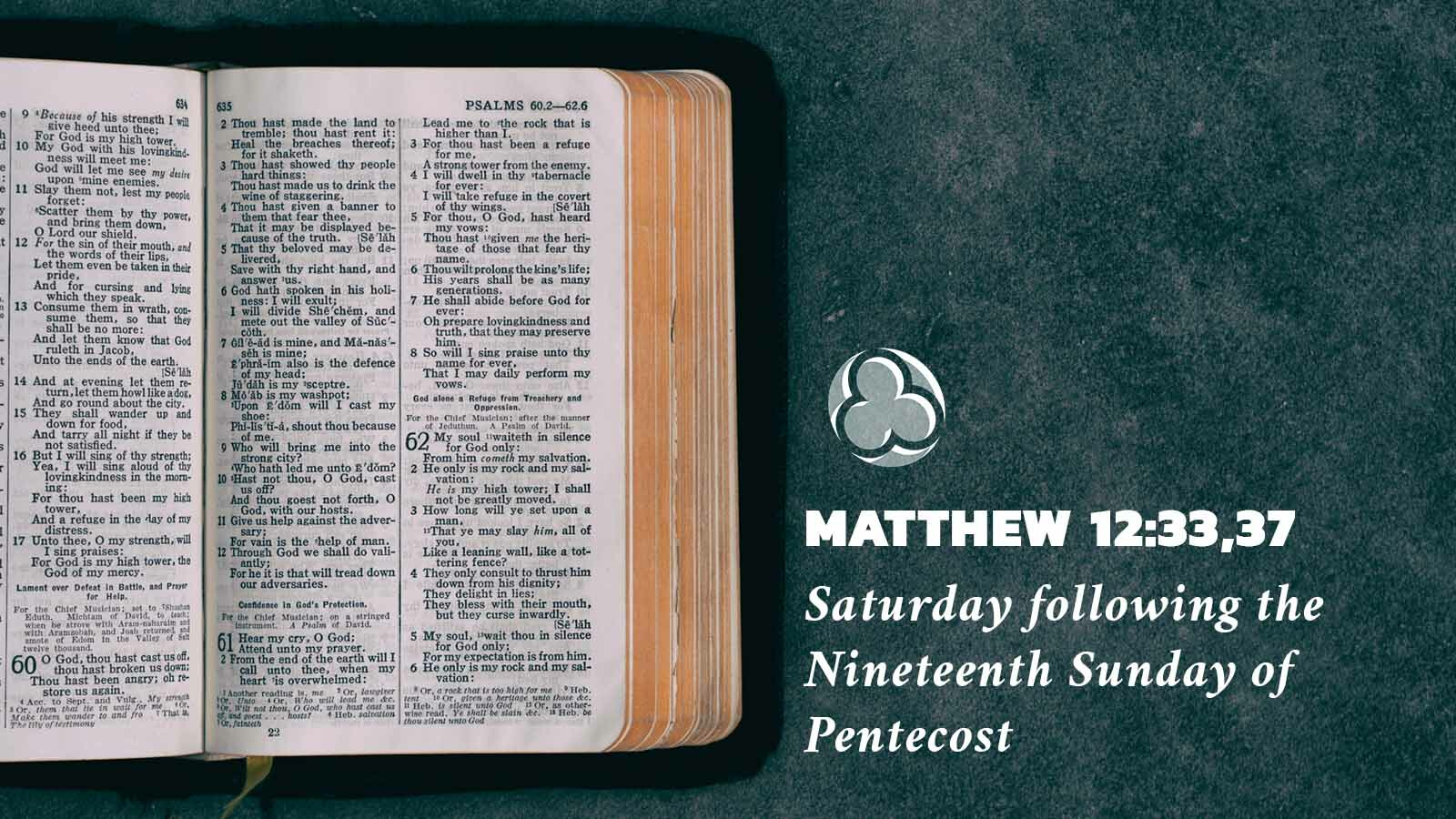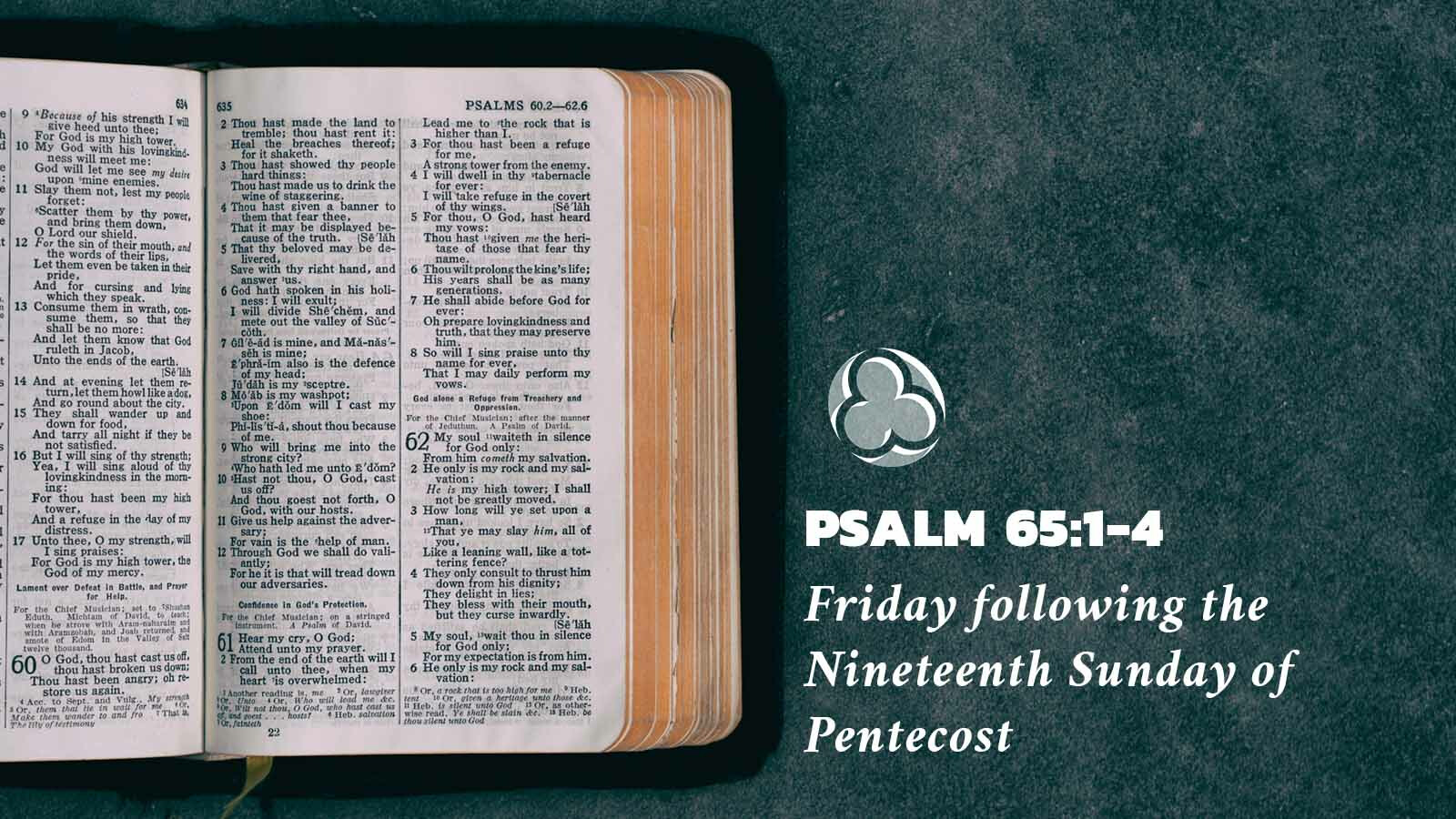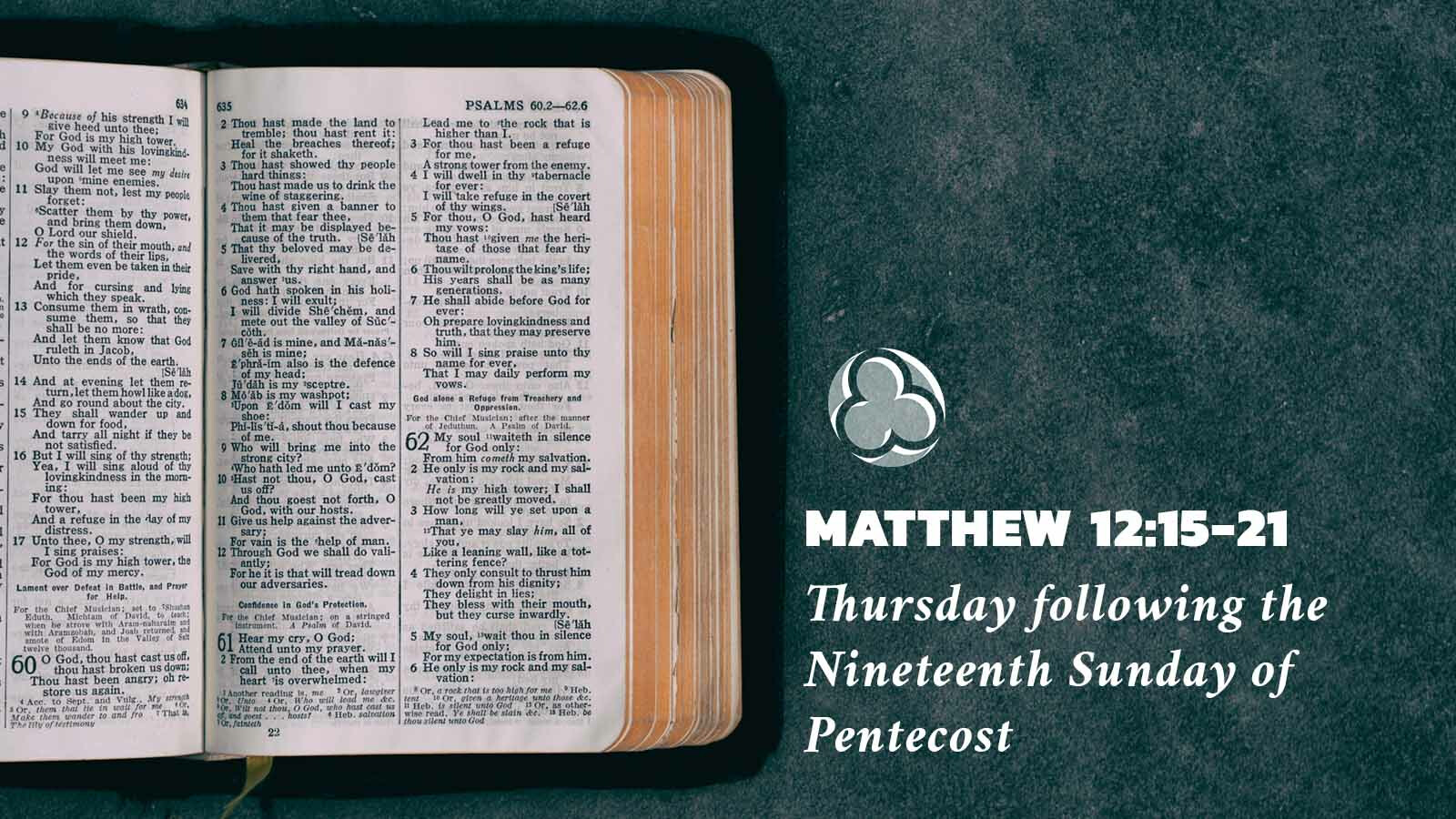
Then I saw a new heaven and a new earth.
-Revelation of St. John the Divine 21:1a
Today, I have been inspired to write about Pierre Teilhard de Chardin, who died on this date 70 years ago. Usually with our lectionary readings for devotionals, we receive a morning and evening service of portions of the Bible to draw from, and occasionally, certain religious figures, saints, priests, or other interesting people are mentioned as a part of the day’s reading. At his death, Teilhard had been asked to leave his teaching post, and condemned for his beliefs that contradicted different liturgical positions and teachings. I have been most inspired by the following passage, and included it here verbatim. If you’d like to read more about him, please click here.
“In his posthumously published book, The Phenomenon of Man, Teilhard writes of the unfolding of the material cosmos, from primordial particles to the development of life, human beings and the noosphere, and finally to his vision of the Omega Point in the future, which is "pulling" all creation towards it. He was a leading proponent of orthogenesis, the idea that evolution occurs in a directional, goal driven way, argued in terms that today go under the banner of convergent evolution. Teilhard argued in Darwinian terms with respect to biology, and supported the synthetic model of evolution, but argued in Lamarckian terms for the development of culture, primarily through the vehicle of education.
Teilhard makes sense of the universe by its evolutionary process. He interprets complexity as the axis of evolution of matter into a geosphere, a biosphere, into consciousness (in humanity,) and then to supreme consciousness (the Omega Point.)
Teilhard himself claimed his work to be phenomenology. Teilhard studied what he called the rise of spirit, or evolution of consciousness, in the universe. He believed it to be observable and verifiable in a simple law he called the Law of Complexity / Consciousness. This law simply states that there is an inherent compulsion in matter to arrange itself in more complex groupings, exhibiting higher levels of consciousness. The more complex the matter, the more conscious it is. Teilhard proposed that this is a better way to describe the evolution of life on earth, rather than Herbert Spencer's "survival of the fittest." The universe, he argued, strives towards higher consciousness, and does so by arranging itself into more complex structures.
Teilhard here proposed another level of consciousness, to which human beings belong, because of their cognitive ability; i.e. their ability to 'think', and to set things to purpose. Human beings, Teilhard argued, represent the layer of consciousness which has "folded back in upon itself", and has become self-conscious. So in addition to the geosphere and the biosphere, Teilhard posited another sphere, which is the realm of human beings, the realm of reflective thought: the noosphere. The noosphere has been compared to C. G. Jung's theory of the collective unconscious.
Finally, the keystone to his phenomenology is that because Teilhard could not explain why the universe would move in the direction of more complex arrangements and higher consciousness, he postulated that there must exist ahead of the moving universe, and pulling it along, a higher pole of supreme consciousness, which he called Omega Point.
Teilhard re-interpreted many disciplines, including theology, sociology, metaphysics, around this understanding of the universe. A main focus of his was to reassure the converging mass of humanity not to despair, but to trust the evolution of consciousness as it rises through them.”
Musical Reflection - “Celestial - Instrumental Music” by Whitesand
Thank you, God for imparting wisdom to Pierre Teilhard du Chardin, and we pray, for our own wisdom, discernment, and inspiration. May we too embrace his focus to reassure us not to despair, but to trust the evolution of consciousness as it rises through us and between us. Amen.






Login To Leave Comment